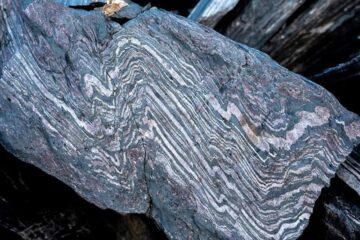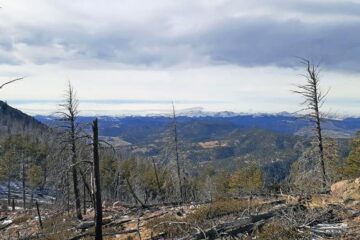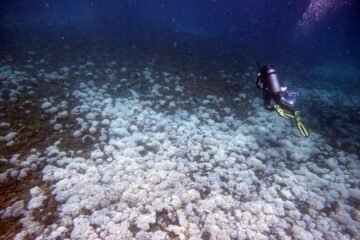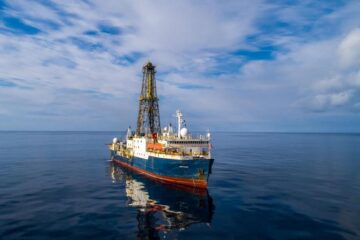Earth Sciences (also referred to as Geosciences), which deals with basic issues surrounding our planet, plays a vital role in the area of energy and raw materials supply.
Earth Sciences comprises subjects such as geology, geography, geological informatics, paleontology, mineralogy, petrography, crystallography, geophysics, geodesy, glaciology, cartography, photogrammetry, meteorology and seismology, early-warning systems, earthquake research and polar research.

The 3.7 billion-year-old rocks may extend the magnetic field’s age by 200 million years. Geologists at MIT and Oxford University have uncovered ancient rocks in Greenland that bear the oldest…

WSL Institute for Snow and Avalanche Research (SLF) researchers expect an elevated wildfire danger in the Alpine Foreland from 2040 onwards due to changing meteorological conditions. The danger currently remains…

ZMT researcher observes the state of reefs in the eastern tropical Pacific. According to scientists from the U.S. National Oceanic and Atmospheric Administration (NOAA) and the International Coral Reef Initiative…

The Antarctic Circumpolar Current plays an important part in global overturning circulation, the exchange of heat and CO2 between the ocean and atmosphere, and the stability of Antarctica’s ice sheets….

Santorini is one of the best-studied volcanic archipelagos in the world. An international drilling expedition has now for the first time used a scientific drill ship to explore and investigate…

With a new experimental technique… The behavior of granular materials has been difficult to visualize, but a new method reveals their internal forces in 3D detail. Granular materials, those made…